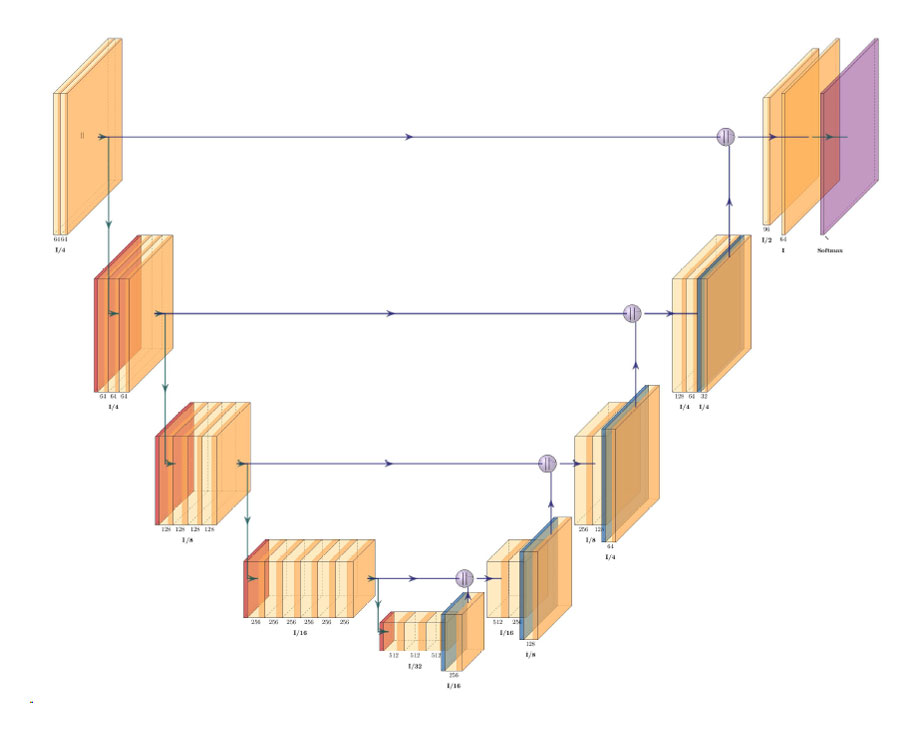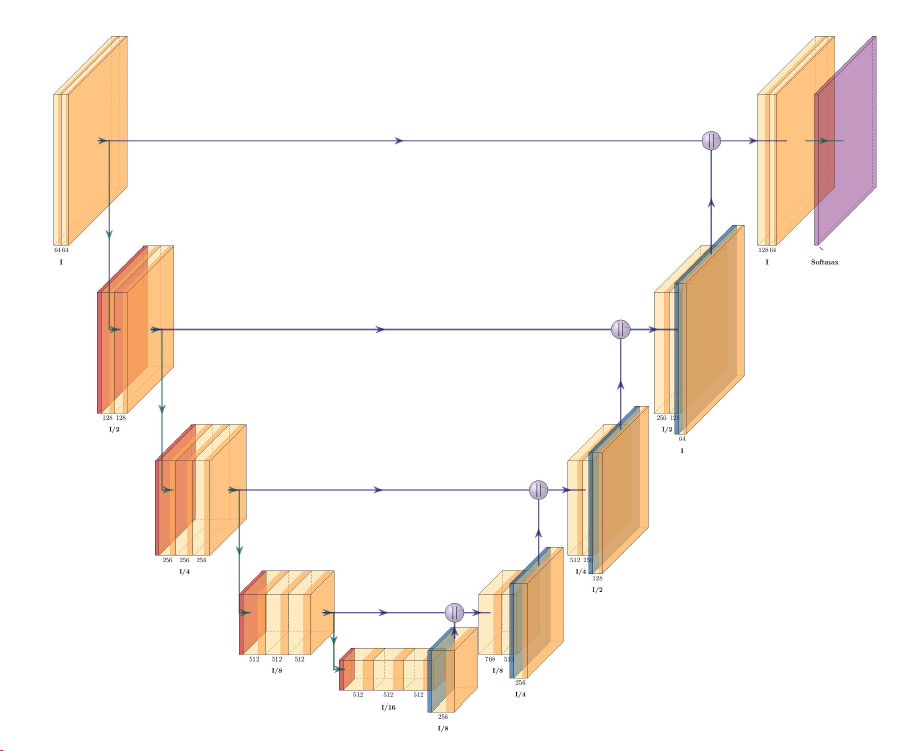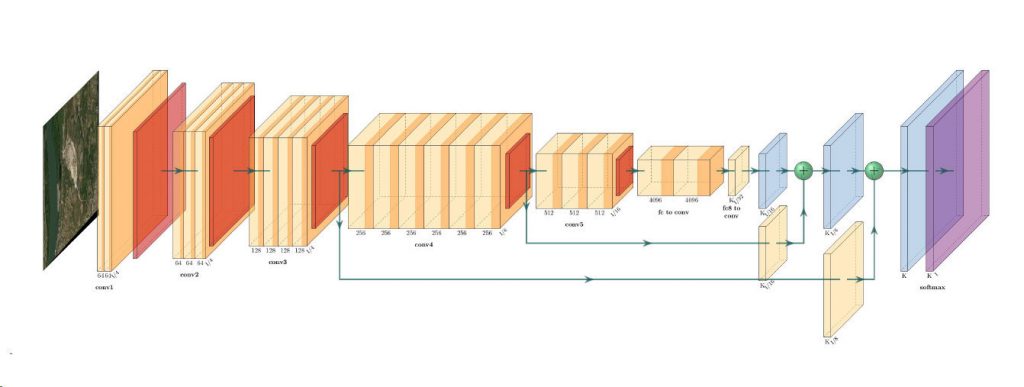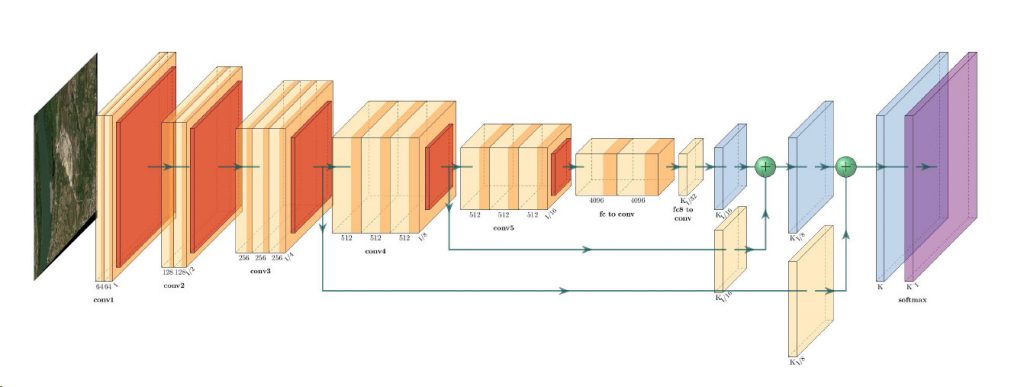Near-Real-Time Satellite Imagery Aids in Beach Cleanup Efforts
- European Space Imaging
On January 2, 2019, the MSC Zoe lost up to 270 containers off the coast of Germany and The Netherlands. As the debris, including chemicals, washes ashore Dutch beaches, Near-Real-Time satellite imagery can serve as an invaluable tool in large scale disaster response scenarios.
Ten meter waves pounded the MSC Zoe late in the evening of January 2, 2019. The storm caused the ship to lose hundreds of shipping containers that are now washing up on island beaches across the northern coast of The Netherlands.
Everything from televisions to plastic toys and fashion apparel, along with packaging and silica gel pouches are littering the Dutch beaches. A massive cleanup effort is being mobilised by military and volunteers.
Satellite Imagery aides in large scale disaster cleanup efforts such as this one. The Near-Real-Time capture and delivery methods of European Space Imaging can help officials track floating debris over thousands of kilometers along the coast. This allows disaster relief commanders to strategically send cleanup and rescue crews to the most affected areas.
Furthermore, images can be captured periodically in order to monitor progress and identify new problem areas as they arise.
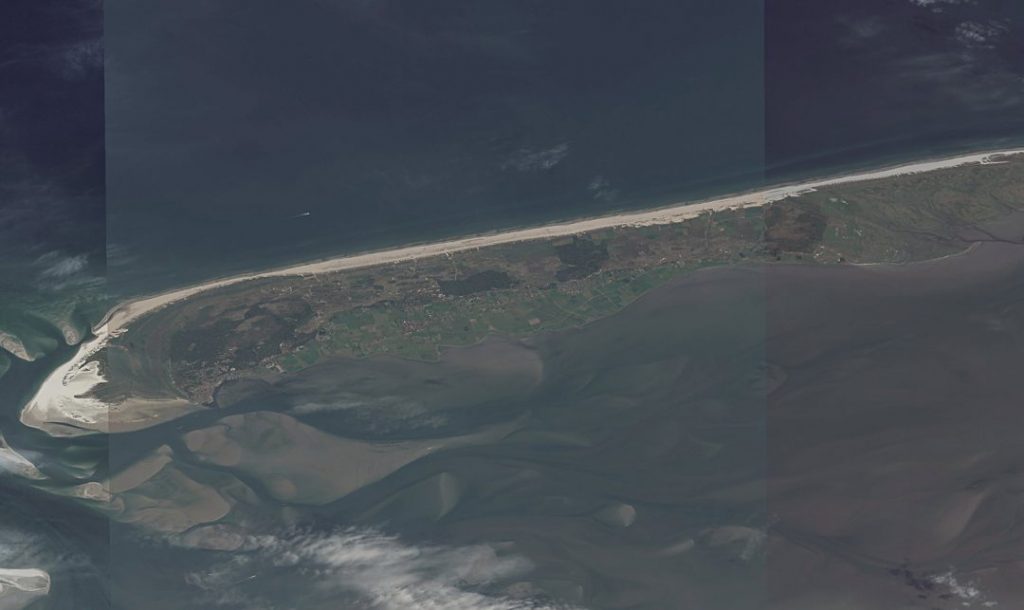
When disasters occur over large areas or over open ocean, authorities turn to Near-Real-Time imagery to give them the best chances of coordinating effective responses. For more information about how satellite imagery is used in emergency management, click here.
Related Stories
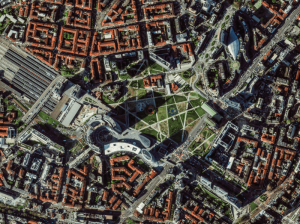
Europe’s Green and Digital Transformations with 25 Years of VHR Satellite Archive Data
Planning Europe’s future without knowing its past is impossible. The European Green Deal, Horizon Europe, the EU Biodiversity Strategy for 2030 and other policies all demand one thing: evidence. Not just today’s data, but years of history that show how our cities, forests, and coastlines have changed.
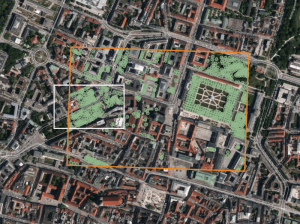
AI Uses 15 cm Satellite Images to Cut Costs and Increase Scalability in Forest Management and Urban Forestry
Forest managers across Europe face an impossible task: monitor millions of hectares with shrinking budgets while meeting increasingly strict EU environmental targets. But with the rise of AI and satellite technology, they now have new solutions at their disposal – smarter, cheaper, and more scalable – to monitor forest health, automate tree inventories, and plan sustainable logging. In this article, we introduce one of these solutions: an AI forestry algorithm developed by Arboair using 15 cm satellite data from EUSI.
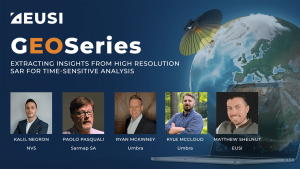
GEOSeries: Extracting Insights From High Resolution SAR Imagery for Time-Sensitive Analysis
In this webinar, industry experts and advanced users of Umbra SAR data showcase how they transform SAR imagery into actionable insights in real-world mapping, monitoring and intelligence applications. See how NV5 and Umbra leverage ENVI SAR Essentials for advanced processing with time-efficient results, converting analytics into valuable intelligence.
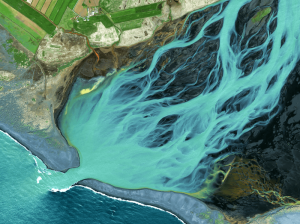
Using Satellite Imagery to Build Water Resilience Across Europe
Water across Europe is facing severe pressure. Climate change, urbanisation, agricultural demands and other sources of pollution are threatening water security and creating critical challenges that need to be addressed. We have to act quickly, build stronger systems and create sustainable water resilience practices – so that both natural ecosystems and human communities can thrive. Here is how satellite imagery from EUSI can help.


